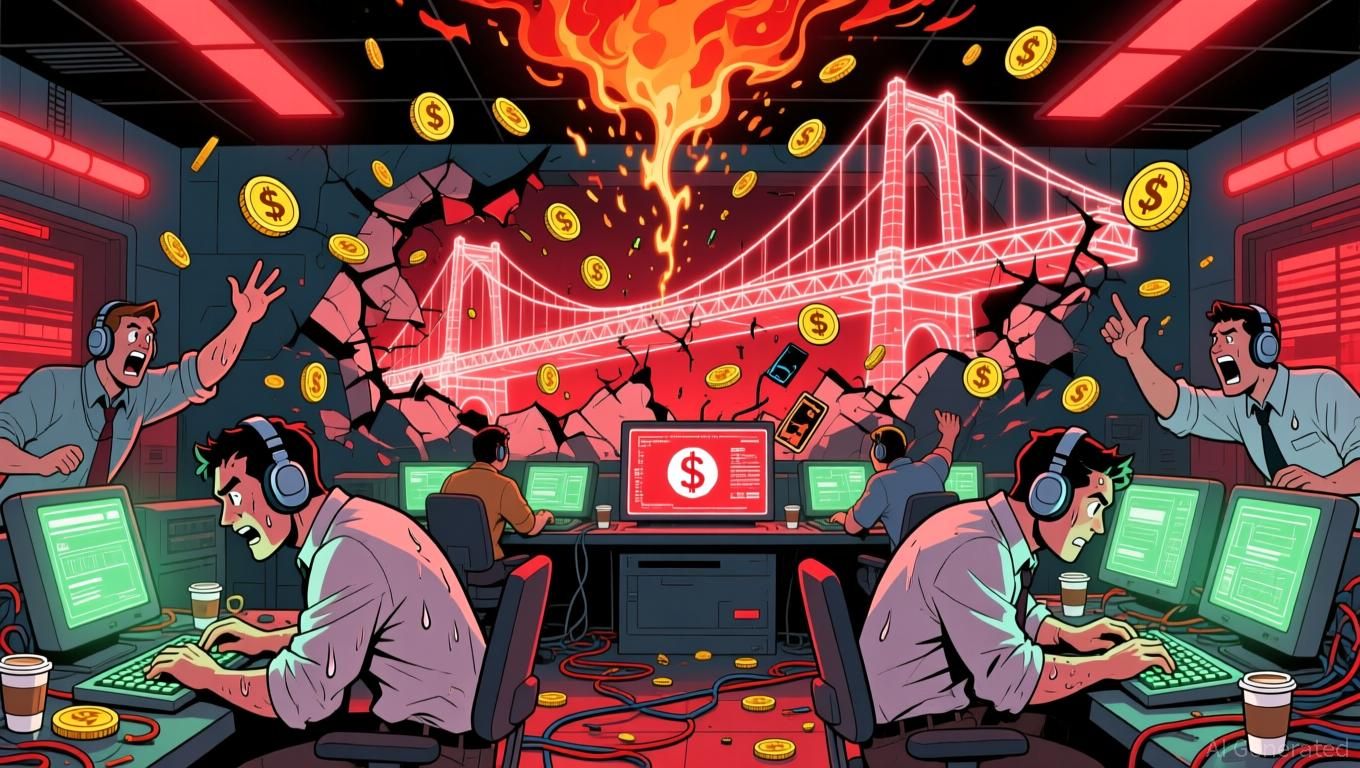AVNT has surged by 9564.2% so far this year as the market experiences a significant upward trend
- AVNT fell 32.71% in 24 hours but surged 9564.2% year-to-date, highlighting extreme volatility amid a major market uptrend. - Market participants highlight the sharp 24-hour drop as a correction within a broader bullish trend, with analysts affirming long-term momentum remains intact. - Technical indicators, including aligned moving averages and a non-overbought RSI, suggest the pullback may offer a short-term entry opportunity for investors.
On SEP 25 2025,
AVNT's latest price movements have captured the interest of many in the market. Although there was a steep decline in the last day, the longer-term performance paints a much more optimistic picture. The token has achieved a remarkable 9564.2% increase over both the past month and year, indicating robust bullish momentum. The recent volatility seems to be a short-term correction within an ongoing upward trend, not a sign of a trend reversal. Experts believe the overall bullish outlook remains, as important technical support levels continue to hold.
Technical analysis continues to reflect positive sentiment. Both the 50-day and 200-day moving averages are strongly aligned in favor of further gains, and the Relative Strength Index (RSI) has not yet indicated that the asset is overbought, despite the substantial rally. These signals imply that the latest dip could present a buying opportunity for those confident in AVNT's long-term prospects. Investors are encouraged to watch trading volume and major resistance points in the near future to confirm whether a recovery is underway.
Disclaimer: The content of this article solely reflects the author's opinion and does not represent the platform in any capacity. This article is not intended to serve as a reference for making investment decisions.
You may also like
Silver Soars Amid Ideal Conditions of Policy Shifts and Tightening Supply
- Silver surged to $52.37/oz as Fed rate cut expectations (80% probability) and falling U.S. Treasury yields boosted demand for non-yielding assets. - China's record 660-ton silver exports and 2015-low Shanghai warehouse inventories intensified global supply constraints, pushing the market into backwardation. - Geopolitical risks (Ukraine war) and potential U.S. silver tariffs added volatility, while improved U.S.-China relations eased short-term trade concerns. - Prices face critical $52.50 resistance; Fe
XRP News Today: As XRP Declines, Retail Investors Turn to GeeFi's Practical Uses
- GeeFi's presale hits 80% of Phase 1 goal with $350K raised, targeting 3,900% price growth as XRP declines 20% monthly. - GEE's utility-driven features like crypto cards, multi-chain support, and 55% staking returns contrast with XRP's institutional dependency and shrinking retail base. - Deflationary tokenomics and 5% referral bonuses drive FOMO, positioning GeeFi as a 2026 crypto disruptor amid XRP's regulatory and adoption challenges.

Sloppy implementation derails MegaETH's billion-dollar stablecoin aspirations
- MegaETH abandoned its $1B USDm stablecoin pre-deposit plan after technical failures disrupted the launch, freezing deposits at $500M and issuing refunds. - A misconfigured Safe multisig transaction allowed early deposits, causing $400M inflows before the team scrapped the target, citing "sloppy execution" and operational misalignment. - Critics highlighted governance flaws, uneven access (79 wallets >$1M vs. 2,643 <$5K deposits), and 259 duplicate addresses, raising concerns about transparency and bot ac

XRP News Today: Institutional ETFs Drive XRP's Phase 4 Surge, Targeting a Break Above $2.60
- XRP enters Phase 4 of its multi-year cycle, mirroring 2014–2017 patterns with $2.00 retest and $6.618 target potential. - Six new XRP ETFs (Franklin Templeton, Grayscale) boost institutional demand, though performance varies significantly between products. - Technical analysis highlights $2.05–$2.07 support and $2.20 resistance, with $2.60 breakout critical for confirming Phase 4 bullish thesis. - Macroeconomic factors like Fed rate cuts and improved U.S.-China relations could reduce risk aversion, ampli
